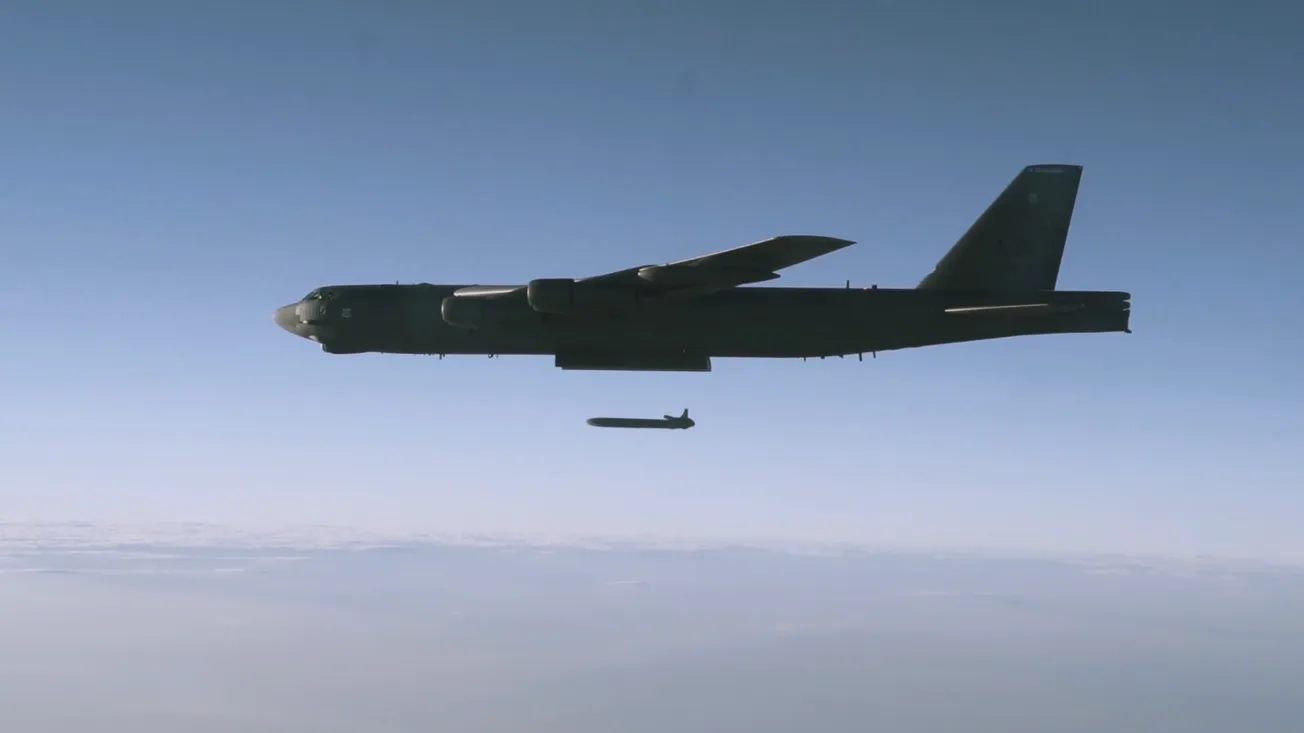The Aug. 12 edition of The Economist carried an article headlined “America Prepares for a New Nuclear-Arms Race,” built around the Aug. 1 statements by Vipin Narang, a senior Pentagon official, and related comments by other think-tankers.
The article reports that “President Joe Biden’s administration has begun preparing for what until recently seemed unthinkable: the expansion of America’s deployed nuclear forces, after decades of deep cuts. The build-up could start in 2026, with the expiry of New START, a treaty between America and Russia that restricts the world’s two largest nuclear arsenals. `If the President were to decide, upon the expiration of New START in February 2026, that we need to increase the size of the deployed force, we want to be in a position to execute relatively quickly,’ says a senior American defense official.”
The article then quotes Narang: “We now find ourselves in nothing short of a new nuclear age,” further arguing that the quarter-century of “nuclear intermission” is over. The Economist then cites James Acton of the Carnegie Endowment for International Peace, on “the increasing inevitability of a new arms race.” The Pentagon and Strategic Command, which would oversee any nuclear war, “are increasingly convinced that they need more nukes” and are winning the bureaucratic battle, according to Acton.
“Franklin Miller, a former Pentagon official, has suggested roughly doubling the current force to 3,000-3,500 deployed warheads,” The Economist reports, admitting that “critics decry such reckoning as the madness of modern-day Dr. Strangeloves.”
The Economist’s conclusion: “As a new nuclear arms race draws closer, it could be more complex than the terrifying Soviet-American rivalry of the cold war.”



